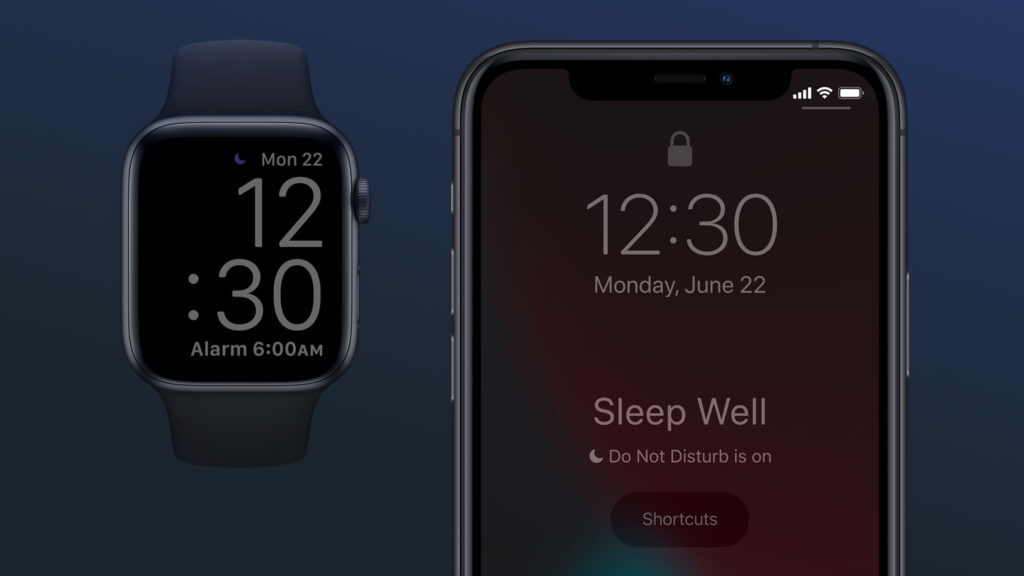Tired of being tired and not getting your 40 winks? Apple wants to help…
We spend a third of our lives asleep — or at least we should. Often, people don’t get enough sleep, and now technology wants to aid us in the fight for more shut-eye.
To date, much of the focus has been on sleep tracking. Apps and hardware monitor noise and movement, amassing data about when you’re snoozing — and the type of sleep you’re having. Such systems are not always accurate, but they can nonetheless be successful in building a pattern of your sleeping habits that you can later peruse.
The snag is, doing so doesn’t always help.
Tracking alone isn’t enough
For every person gleefully digging into the wiggly lines in the various graphs on their phone, another is suffering some kind of negative impact. Anxiety can be triggered from raw data that prove ‘not enough’ sleep is happening; and that in itself can make it harder to fall asleep on subsequent nights.
Also, it’s questionable whether existing systems do enough to change the one thing that really matters: your daily habits. This is why Apple’s upcoming sleep features for iOS 14 and watchOS 7 are more concerned about what you do when you’re awake than asleep.
That might sound counter-intuitive, but Apple believes that by changing your routines you can potentially improve sleep patterns. So you’ll be able to set a goal, and create a schedule — pretty basic stuff. But also, your devices will do more than just blare an alarm when it’s time to head to bed.
Time to wind down
Wind Down is the prize at the heart of the new Apple sleep system. It’s designed as a personalized routine that gets you ready for bed, so you can have a better shot at meeting your sleep goal.
With Wind Down, you define actions that get you in the mood for slumber, whether that’s listening to music, or using a meditation app. You can set the time window during which this occurs — and your iPhone will activate Do Not Disturb, too, so you don’t get interruptions. Should you need to override Wind Down for some reason, it can be snoozed for later.
Instilling better habits
Apple’s hope is that you won’t be hitting that snooze button too often, and will instead use Wind Down to instil better habits. Rather than just getting an alert about going to bed, you’ll have a full routine designed to relax you. Sleep Mode further cements this, dimming your screen, displaying only the date, time, alarm and Wind Down actions, and thereby ensuring you won’t be disturbed.
You’ll still get data if you opt for Apple’s sleep system, note. In fact, a new Sleep app is built right into Apple Watch, and Health will serve up graphs to those who want them. But all that becomes a nice-to-have for those who care about data, rather than the main focus.
Will all this work? It’s hard to tell. But having technology help improve your pre-bedtime routine, encouraging you to relax, and getting you in the right frame of mind for rest, has to be a better bet than just giving you raw data in the morning that might end up making it harder — rather than easier — for you to get enough sleep.

